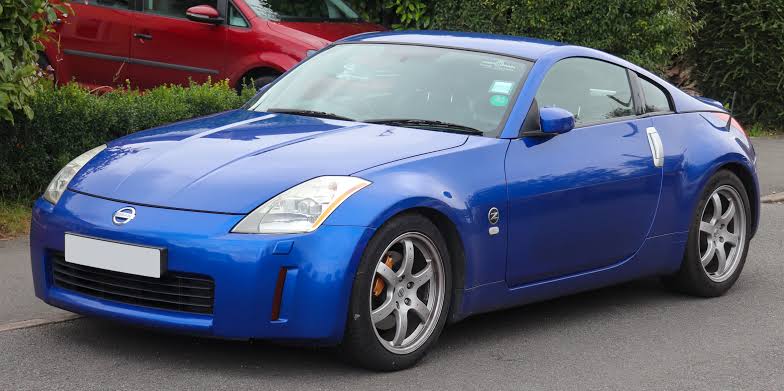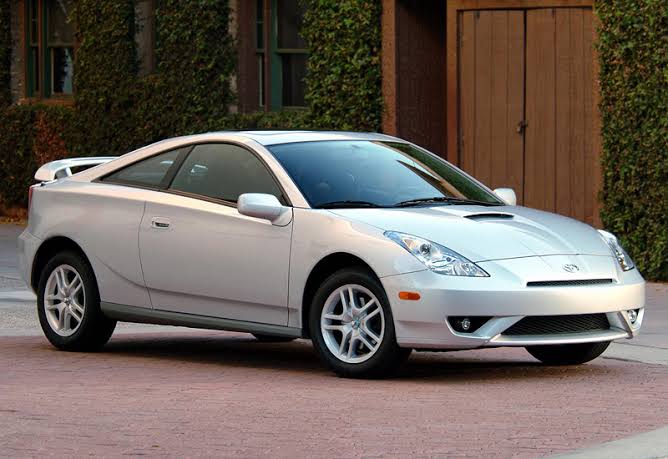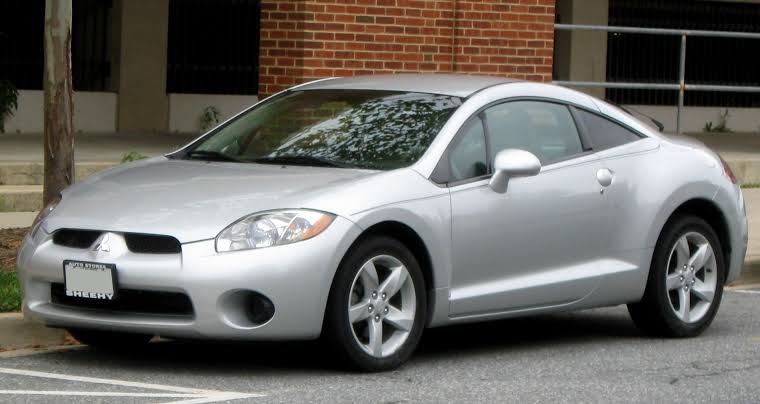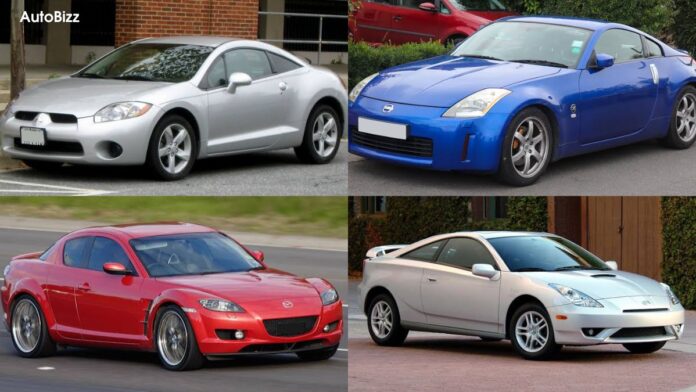Worst Japanese cars are Mazda RX-8, Nissan 350Z, Mitsuoka Orochi, Toyota Celica GT S, Mitsubishi Eclipse, etc.
Although Japanese carmakers were late to the sports car party compared to Europe and America, it wasn’t long before their influence was felt worldwide. Japan has established a reputation for creating some of the most reliable and cheap sports vehicles on the market. In terms of aesthetics and dynamic performance, some of Japan’s best models can even compete with their international rivals.
Worst Japanese Sports Cars
The classic Toyota 2000GT of the 1960s and the famed Skyline GT-R of the 1990s were both born in the twentieth century. Japanese carmakers and their sports vehicles had gained a well-deserved name in the industry by the time the twenty-first century dawned. They’ve had a lot of hits in the last two decades, but narrowing down the top five for our list wasn’t easy. However, because they are not immune to the rare blunder, there have been numerous misses. So keep reading to learn about the five worst JDMsports cars of the twenty-first century.
1. Mazda RX-8

Mazda introduced the RX-8 as a replacement after three generations of selling the fast, furious, aggressive, and profitable RX-7. The RX-8’s driving characteristics are excellent, thanks to its lightweight design, 50:50 front/rear weight distribution, and smooth engine.
Unfortunately, it arrived with an unreliable rotary engine with a malfunctioning catalytic converter and a leaking coolant seal, both of which could result in compression loss. It also experienced power steering failure due to corrosion of the power steering assist motor’s connections.
2. Nissan 350Z

The Nissan 350Z developed a reputation as one of the most dangerous automobiles despite having a superb power-to-weight ratio, outstanding road holding, and agility. In 2011, the Insurance Institute for Highway Safety (IIHS) did a study on 2005-2008 vehicles that found some alarming facts and numbers.
It became the most dangerous car on American roads throughout the study period, with 143 deaths per million registrations. As if that wasn’t bad enough, single-vehicle crashes accounted for 90 deaths per million registrations.
3. Mitsuoka Orochi

The Mitsuoka Orochi, named after a fabled 8-headed Japanese dragon and classified as a ‘Fashion-Super Car,’ was introduced in 2006. It’s a head-turner with a design that’s landed it on numerous “ugly vehicle” lists over the years.
The Orochi was a Japanese sports automobile that looked the part but lacked the necessary power. The only source of propulsion was a 3.3-liter V6 engine that produced a pathetic 230 horsepower. The Orochi could only reach 60 mph in 7 seconds and reach a high speed of around 150 mph, which is far from what one would anticipate from a supercar.
4. Toyota Celica GT S

Toyota is one of the most well-known automobile manufacturers in the world, and it has a long history of producing reliable vehicles. When the Celica was introduced in 1970, it was an instant smash, and it went on to build a solid reputation and considerable success throughout the next six generations.
For the seventh generation, the Celica was only available in one body type, which was plagued with issues such as faulty oil pumps and filters. Furthermore, you had to push it well past 6000 rpm to get any kind of performance out of its anaemic engines.
5. Mitsubishi Eclipse

Although the Eclipse started out as a good driver’s car with a variety of engine options, it wasn’t long before it was recalled due to transfer case lockup. More recalls followed in 2005, the first of which was for faulty brake boosters that might separate and cause complete brake failure.
Nonetheless, the Eclipse was recalled in 2005 due to incorrectly placed brake master cylinder seals that could diminish braking pressure. It was recalled for corrosion of the ABS unit, which could cause brake failure, in addition to a 2008 recall for defective fuel tank mounting brackets.


